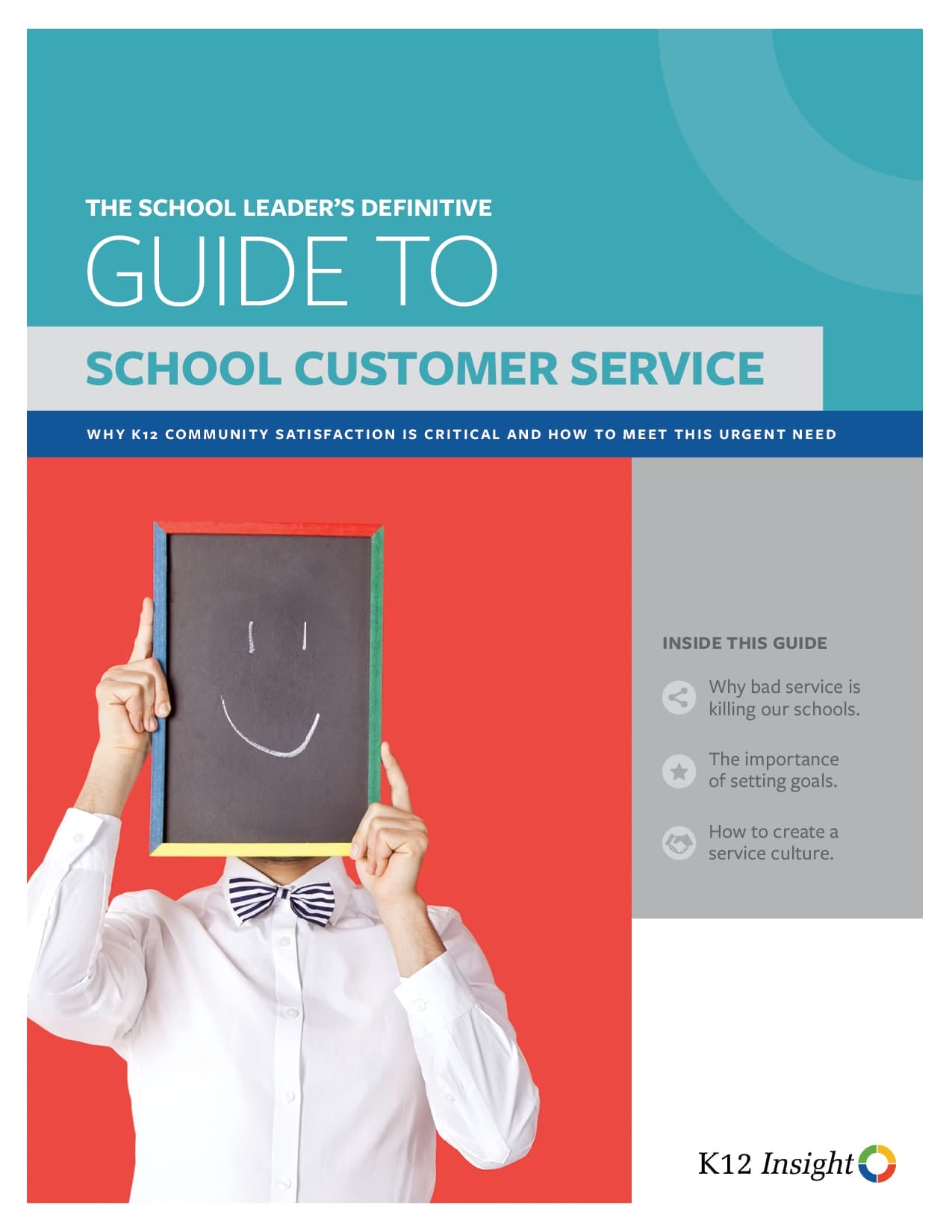 The best school leaders know that parent and family satisfaction is vital to the success of their districts. They understand that the ability to make parents and students feel heard builds community loyalty, drives trust, and is often the biggest factor that keeps families from choosing out.
The best school leaders know that parent and family satisfaction is vital to the success of their districts. They understand that the ability to make parents and students feel heard builds community loyalty, drives trust, and is often the biggest factor that keeps families from choosing out.
Dr. Wendy Robinson, superintendent of the Fort Wayne Community Schools in Indiana, doesn’t just promote the need for better customer service in her district, she embodies it.
Says Robinson: “We have to understand that we do have customers—we’re not a monopoly just because we are the public school system. We have to treat our customers the way customers want to be treated anywhere in the world.”
Robinson is one of several education thought leaders featured in the School Leader’s Definitive Guide to Quality Customer Service. The guide examines why bad customer service is hurting our schools, why it’s important for educators to set goals when meeting the needs of parents and students, and how to foster a culture of quality customer relationships throughout your district.
This culture shift is important—and for many school districts it requires a significant, if not total, departure from the status quo. While good education has long been a hallmark of K12 success, customer satisfaction is not something our schools have traditionally done well, says the guide.
The reason: Many school leaders don’t know what quality customer service looks like.
In addition to best practices and advice, the guide dispels three common myths about customer service in schools:
- Schools don’t have customers.
Schools do have customers. Failing to realize this puts your school or district at a disadvantage. Be more responsive to students and parents and demonstrate the many ways your school has distanced itself from the competition. - Negativity will dominate the conversation.
Many school leaders fear that inviting community feedback will open up their district to a steady stream of negativity. Although there’s no avoiding complaints, the goal is to create an environment for constructive criticism, occasional compliments, and more inclusive decision-making. - Customer service will detract from classroom time.
Some educators contend that the time it takes to respond to community feedback is time better spent in the classroom. Customer service does take time. The good news: If done right, most of that investment can be divvied up across teams.
Dr. Robinson says quality customer service is not a choice. “If you don’t listen to, inform, engage, and understand your customers, you run the risk of becoming obsolete,” she contends.
Don’t give students and families a reason to leave your school for a more responsive competitor—polish your reputation and build trust by showing your community just how much you care.